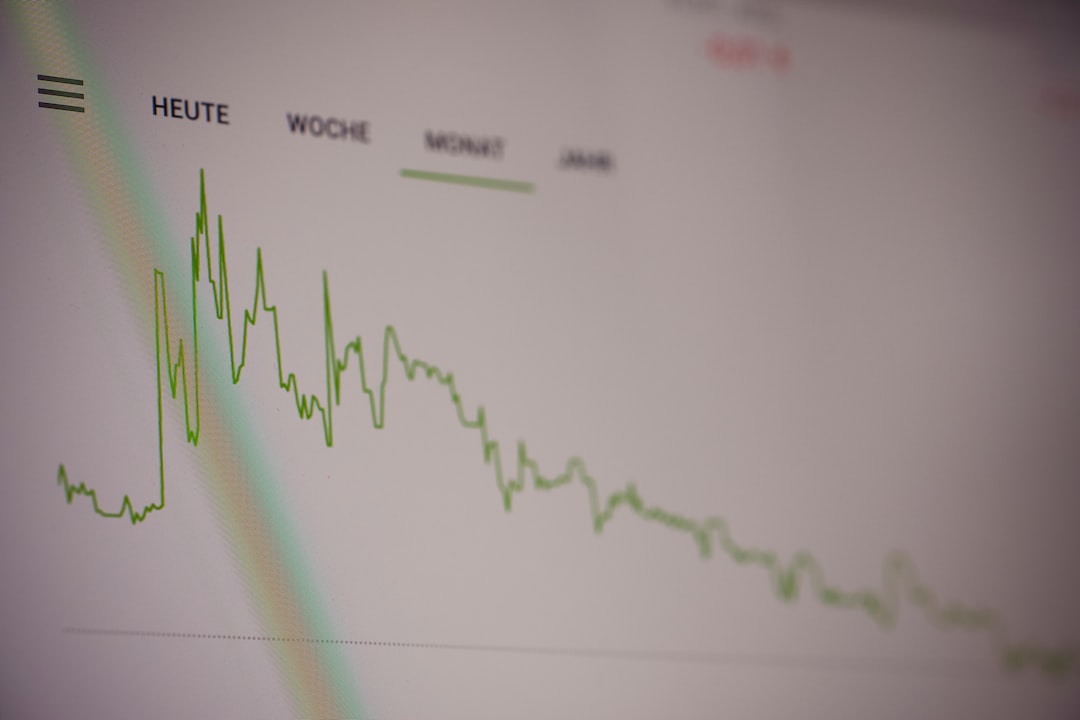Forex traders use various technical indicators to gain an edge in the market. One of the most popular types of indicators is the position indicator, which can help traders determine whether to take a short or long position in a currency pair. In this article, we will discuss how to use short or long position indicators on forex.
First, let’s define what a short or long position is. A short position is when a trader sells a currency pair in the hope that its value will decrease, and they can buy it back at a lower price to make a profit. A long position, on the other hand, is when a trader buys a currency pair in the hope that its value will increase, and they can sell it at a higher price to make a profit.
Now, let’s talk about the different types of position indicators. There are two main categories: trend indicators and momentum indicators.
Trend indicators help traders identify the direction of the trend. If the trend is up, traders should look to take long positions. If the trend is down, traders should look to take short positions. One popular trend indicator is the moving average. This indicator calculates the average price of a currency pair over a certain period of time and plots it on a chart. Traders can use this indicator to identify whether the price is trending up or down.
Momentum indicators, on the other hand, help traders identify the strength of the trend. If the momentum is strong, traders can look to take long positions. If the momentum is weak, traders can look to take short positions. One popular momentum indicator is the Relative Strength Index (RSI). This indicator measures the strength of a currency pair’s price action by comparing the average gains to the average losses over a certain period of time.
Now that we have discussed the different types of position indicators, let’s talk about how to use them in forex trading.
When using trend indicators, traders should first identify the overall trend of the currency pair they are trading. They can do this by looking at the price action on a chart and identifying whether the price is making higher highs and higher lows (an uptrend) or lower highs and lower lows (a downtrend). Once the trend has been identified, traders can use a trend indicator such as a moving average to confirm the direction of the trend. For example, if the price is in an uptrend and the moving average is sloping upwards, this confirms that the trend is up and traders should look to take long positions.
When using momentum indicators, traders should look for divergences between the indicator and the price action. For example, if the price is making higher highs but the RSI is making lower highs, this is a bearish divergence, and traders may want to take a short position. Conversely, if the price is making lower lows but the RSI is making higher lows, this is a bullish divergence, and traders may want to take a long position.
It’s important to note that no indicator is foolproof and traders should always use multiple indicators and other forms of analysis to confirm their trading decisions. Additionally, traders should always use proper risk management techniques such as stop-loss orders to limit their losses in case the market moves against them.
In conclusion, short and long position indicators can be powerful tools for forex traders when used correctly. By identifying the direction and strength of the trend, traders can make informed decisions about whether to take a short or long position in a currency pair. However, traders should always use multiple indicators and other forms of analysis to confirm their trading decisions and use proper risk management techniques to limit their losses.





